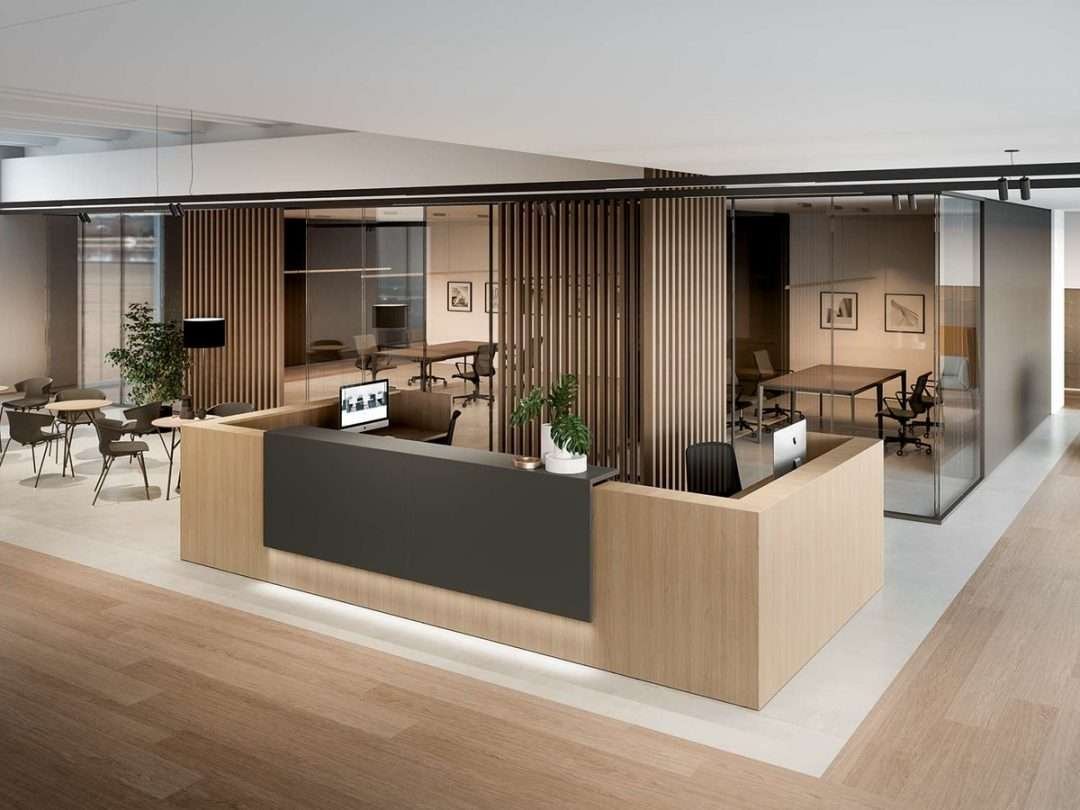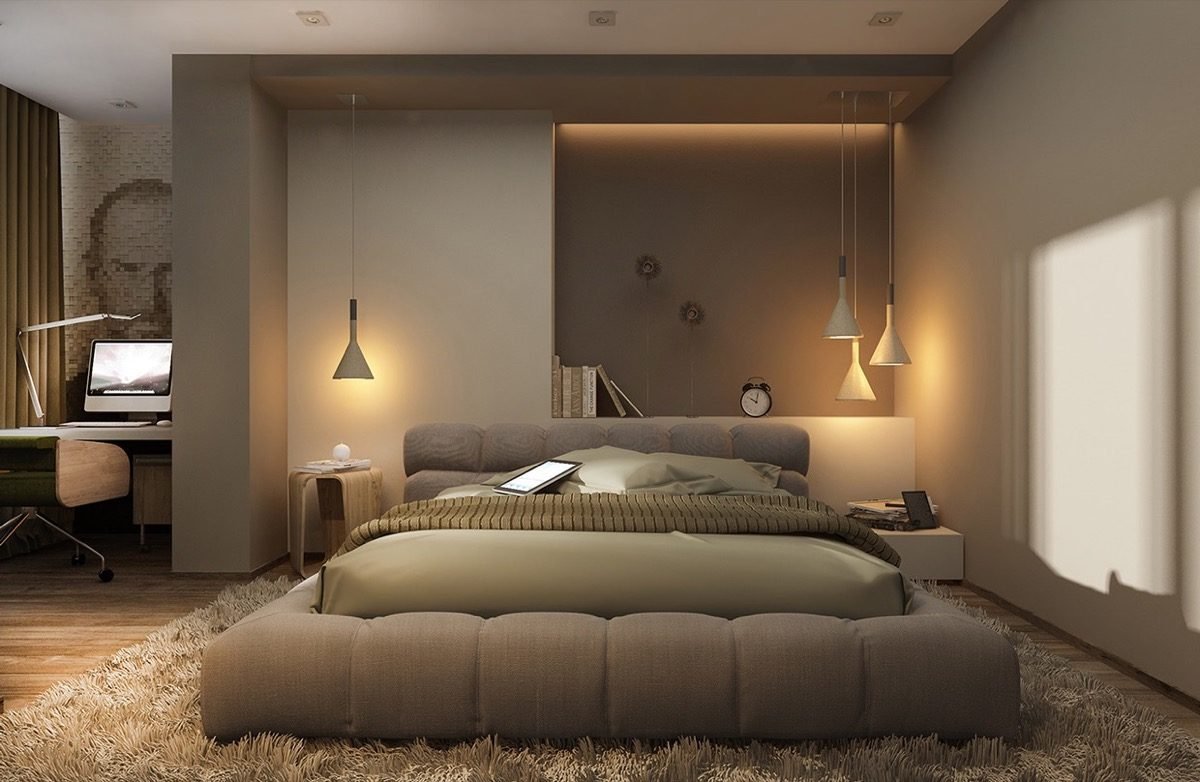Psychology of Spaces: How Interior Design Influences Emotions

The environment we occupy can significantly influence our mood, emotions, and overall mental well-being. Interior design plays a crucial role in shaping these psychological responses. Understanding the impact of different design elements can help in creating spaces that enhance emotional well-being and foster positive interactions. Here’s how various aspects of interior design affect human behavior and mood.
Color Psychology
Colors have a profound impact on our emotions. Different colors can evoke different feelings; for example, blue is often associated with calmness and stability, making it ideal for bedrooms and offices. Red, known for its intensity, can evoke feelings of passion and energy but should be used sparingly as it can also increase stress levels. Choosing the right color scheme based on the function of a space is crucial for positively influencing mood.
Lighting and Mood
Lighting can dramatically alter the feel of a space. Natural light is known to boost mood and productivity and is highly beneficial in both residential and workplace settings. In spaces where natural light is limited, implementing a combination of ambient, task, and accent lighting can help mimic its effects, reducing fatigue and improving overall happiness.
Space and Layout
The layout of a space can affect how we feel and interact within it. Open floor plans can foster a sense of freedom and openness but may lack privacy, which can lead to stress in some individuals. Conversely, smaller, well-defined spaces can create a sense of security and coziness but might feel confining to others. Striking the right balance based on the space’s purpose is key to enhancing its psychological comfort.
Texture and Materials
Textures and materials can convey a range of emotions and sensations. Soft fabrics and plush furniture invite relaxation and comfort, ideal for living rooms or bedrooms. Hard, sleek materials can evoke a more formal atmosphere, suitable for professional or public spaces. Using a variety of textures can stimulate the senses and enhance physical comfort.
Biophilic Design
Incorporating natural elements into interior design, known as biophilic design, can significantly improve mental health and emotional well-being. Elements like indoor plants, water features, and the use of natural materials can reduce stress, enhance creativity, and improve air quality, contributing to a healthier and happier environment.
Art and Decorative Elements
Art can profoundly impact our emotions and moods. The presence of art that resonates personally can uplift spirits and inspire. Similarly, personal items and decorative elements that reflect personal tastes and memories can make spaces feel more comforting and secure.
Acoustics
Sound plays a crucial role in our emotional and psychological health. In environments where noise levels are high, stress and irritability can increase. Incorporating sound-absorbing materials and designing for optimal acoustics can mitigate unwanted noise and contribute to a serene atmosphere.
Conclusion
At Urban Canvas Design Studio, we recognize the powerful impact that interior design has on emotional and psychological well-being. Our approach integrates these elements to create spaces that not only meet the functional needs of our clients but also enhance their emotional and mental health.
Are you ready to transform your space into a sanctuary that positively influences your emotions and behavior? Contact Urban Canvas Design Studio by filling out the form below. Let’s create a space that truly feels like home, boosting your mood and well-being. For more information or to book a consultation, contact Urban Canvas at +91 81001 12900 or hello@ucmail.in





